 Shutterstock
Shutterstock
As dog owners, we like to think our pets are safe, but nature can present unexpected dangers. From hikes in the woods to backyard adventures, wild animals can sometimes pose a real threat to our dogs. Despite their instincts, dogs aren’t invincible, and encounters with wildlife can lead to serious harm. Venomous bites, sharp claws, or sheer size can put your dog at risk. Understanding these potential threats is crucial for taking the necessary precautions and ensuring your dog stays safe while exploring the outdoors.
Coyotes
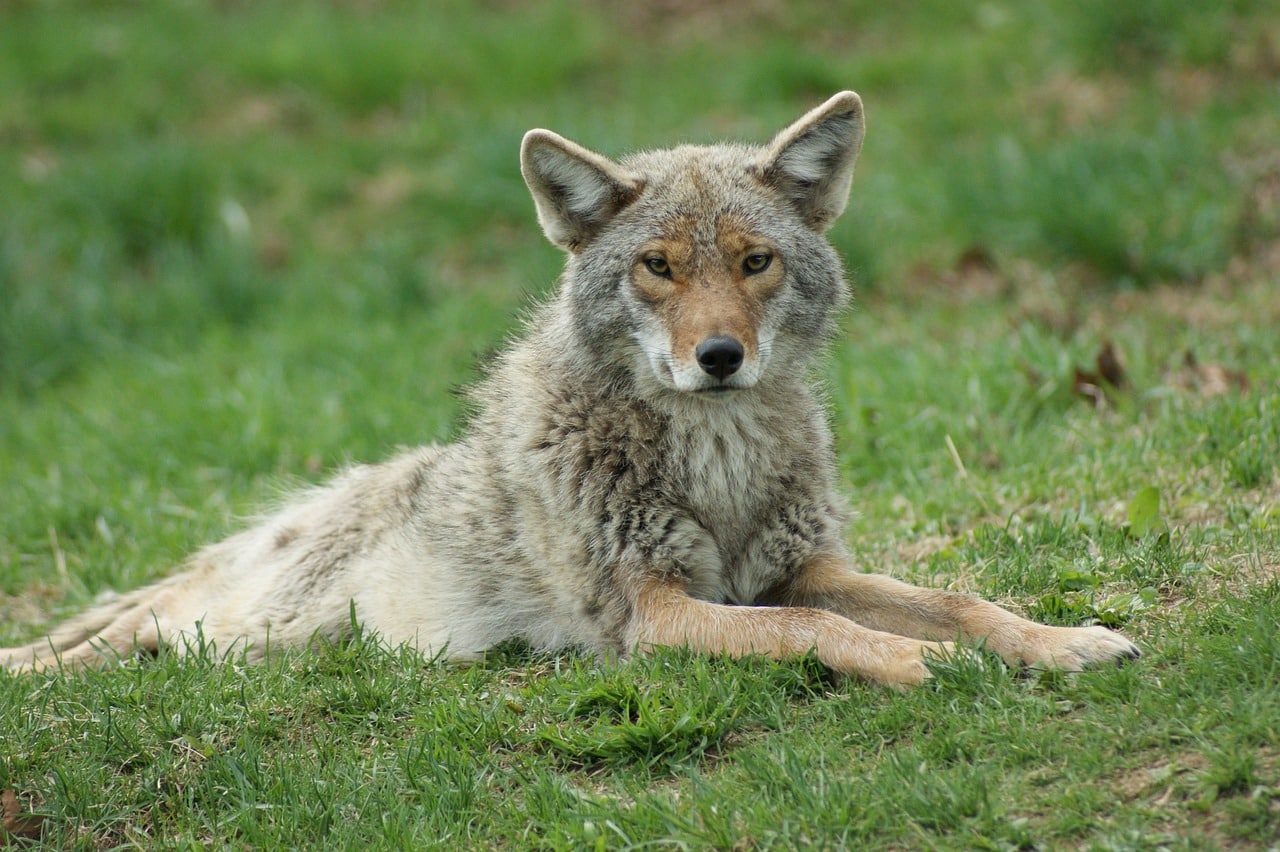 Shutterstock
Shutterstock
Coyotes are one of the most common predators that pose a threat to dogs, especially in suburban and rural areas. These wild canines are highly adaptable and often roam near residential areas in search of food, which may include small pets like dogs. While coyotes usually shy away from human interaction, they are opportunistic hunters and will not hesitate to attack a dog if given the chance, particularly smaller breeds. Coyotes can also be aggressive when defending their territory or when they feel threatened, which can lead to dangerous encounters. Dog owners need to supervise their pets during walks or outdoor playtime, especially at dawn or dusk when coyotes are most active.
Snakes
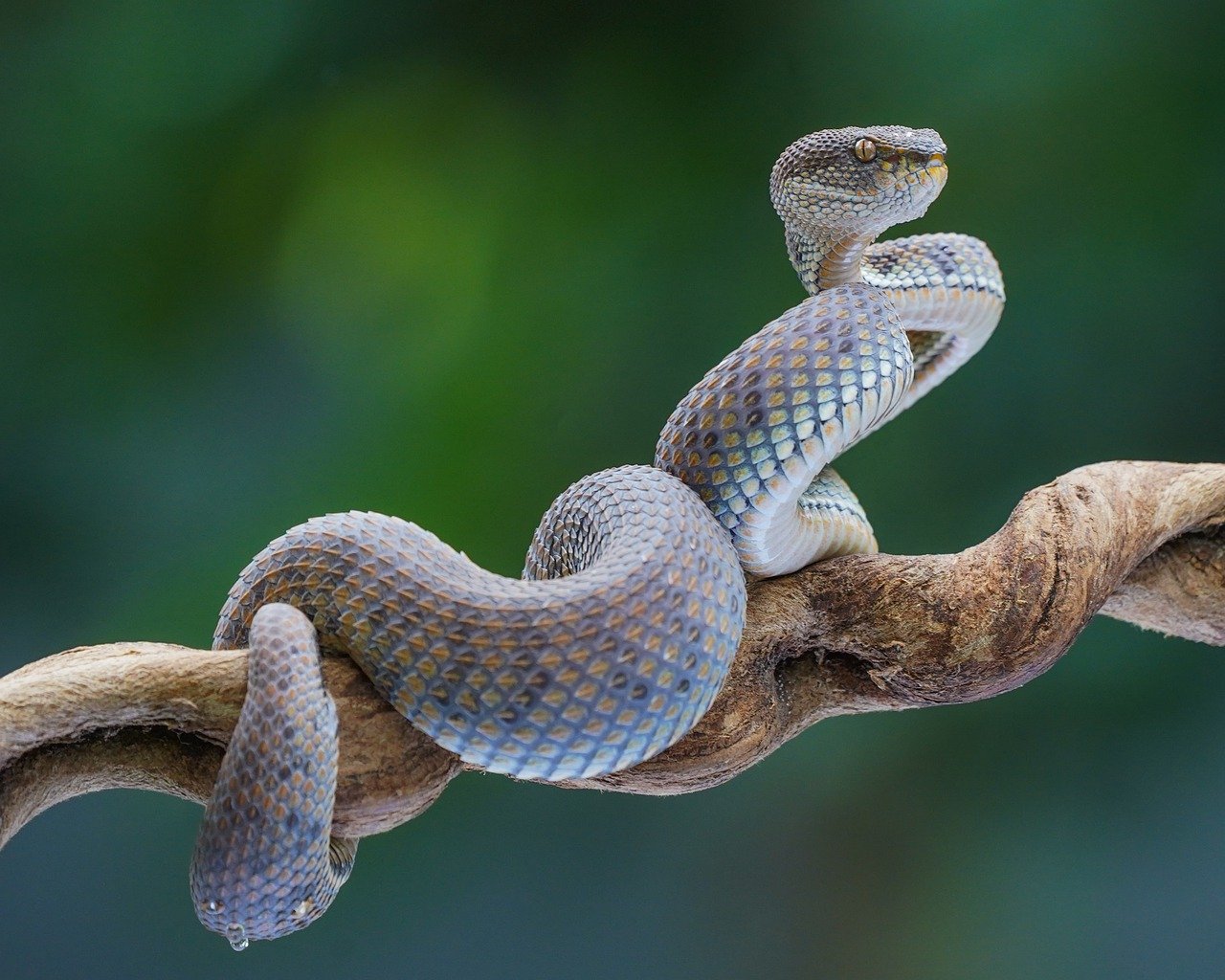 Shutterstock
Shutterstock
Venomous snakes such as rattlesnakes, copperheads, and cottonmouths can be particularly dangerous to dogs. Dogs, being curious creatures, often get too close to snakes, which may provoke a defensive strike. Snake bites can cause severe swelling, pain, and even death if not treated promptly, especially from highly venomous species. Even non-venomous snakes can bite and cause injury to dogs. In areas where snakes are common, pet owners must be vigilant, especially when hiking or walking in tall grass, where snakes tend to hide. Keeping dogs on a leash and avoiding known snake habitats can significantly reduce the risk of an encounter.
Bears
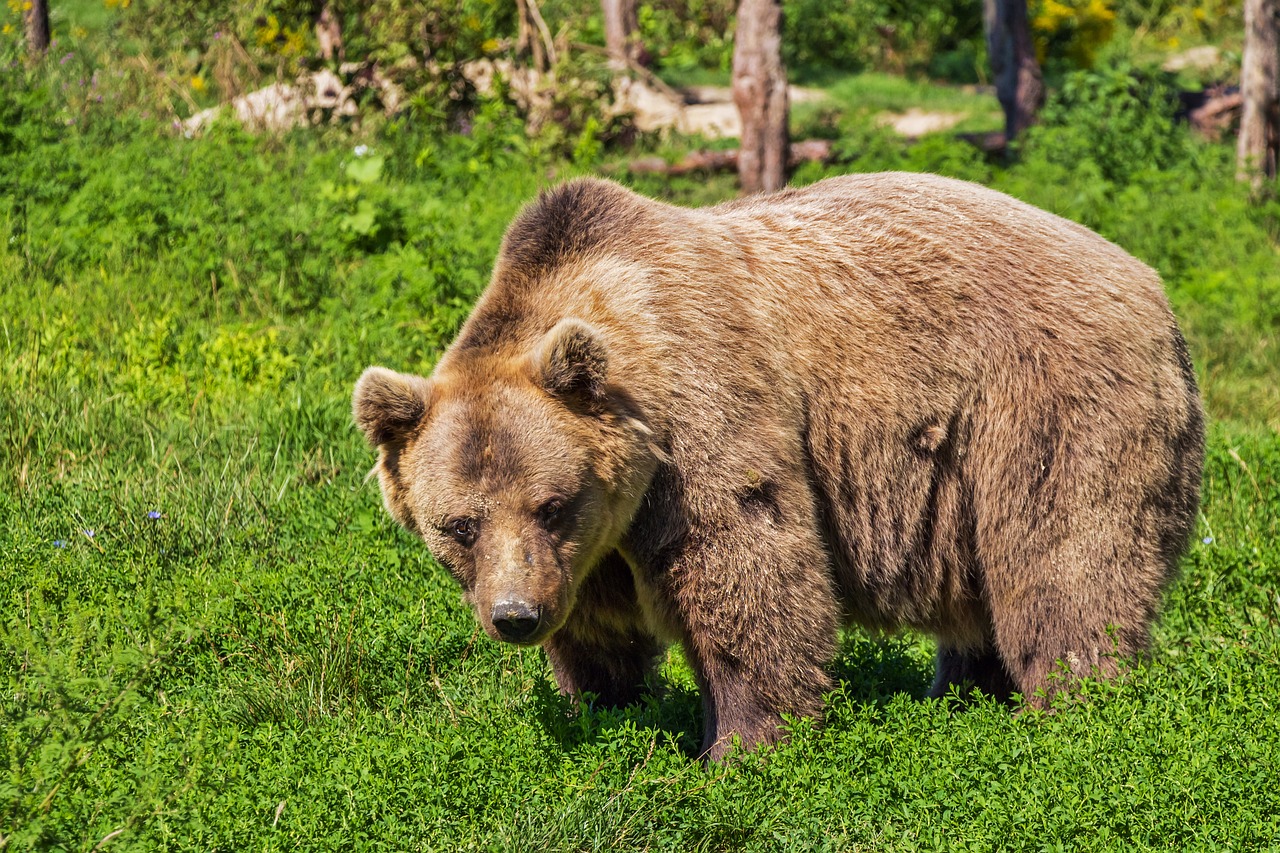 Shutterstock
Shutterstock
While bear encounters are less frequent, they can be extremely dangerous for dogs, particularly in areas where bears are common. Bears are powerful animals that can easily overpower a dog if they feel threatened or if the dog tries to chase them. Bears are naturally protective, especially when with cubs, and even the most docile bear can become aggressive when cornered. Dogs that wander into bear territory during hikes or in rural settings may inadvertently provoke a bear, leading to potentially fatal consequences. In bear-prone areas, it’s important to keep dogs leashed and under control to prevent them from wandering into danger.
Mountain Lions
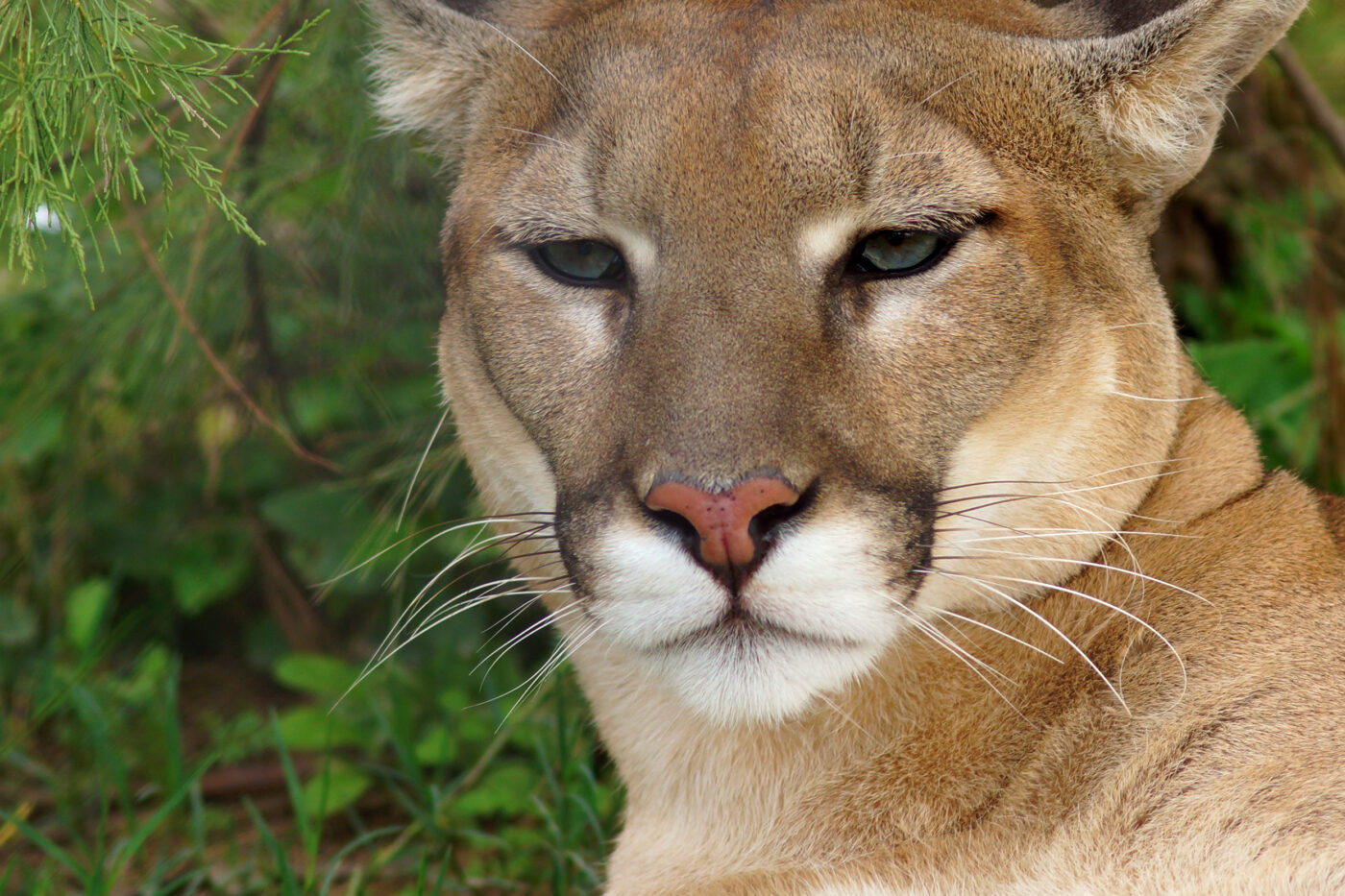 Shutterstock
Shutterstock
Mountain lions, also known as cougars or pumas, are large and stealthy predators that can pose a serious threat to dogs, especially in mountainous or rural areas. These big cats are ambush predators, meaning they stalk their prey before launching a quick and deadly attack. While mountain lion attacks on dogs are rare, they can happen if a dog unknowingly enters a lion’s territory or if the lion perceives the dog as an easy meal. Mountain lions are particularly dangerous because they are silent hunters, and by the time a dog senses their presence, it may be too late to escape. In areas known for mountain lion activity, keeping dogs close and avoiding dense brush or hiking at dawn and dusk can help reduce the risk.
Raccoons
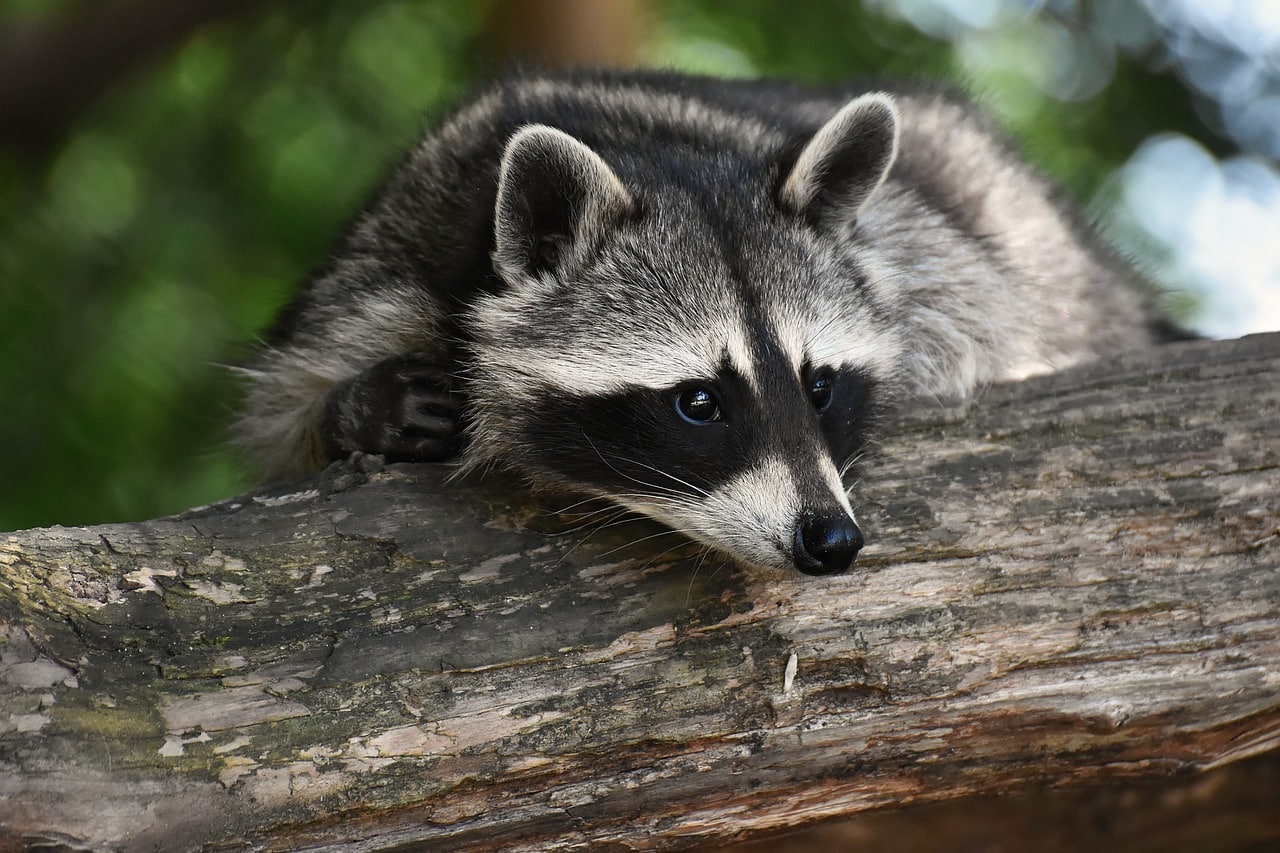 Shutterstock
Shutterstock
Raccoons may seem like harmless creatures, but they can pose a serious threat to dogs. These nocturnal animals are highly territorial and can become aggressive if they feel threatened or cornered. Raccoons are known carriers of diseases such as rabies, distemper, and leptospirosis, all of which can be transmitted to dogs through bites or scratches. Additionally, raccoons have sharp claws and teeth that can inflict serious wounds on a curious dog that gets too close. If your dog encounters a raccoon, it’s best to call them away immediately and avoid any interaction. Keeping your dog vaccinated and avoiding leaving food outside can help prevent unwanted raccoon encounters.
Skunks
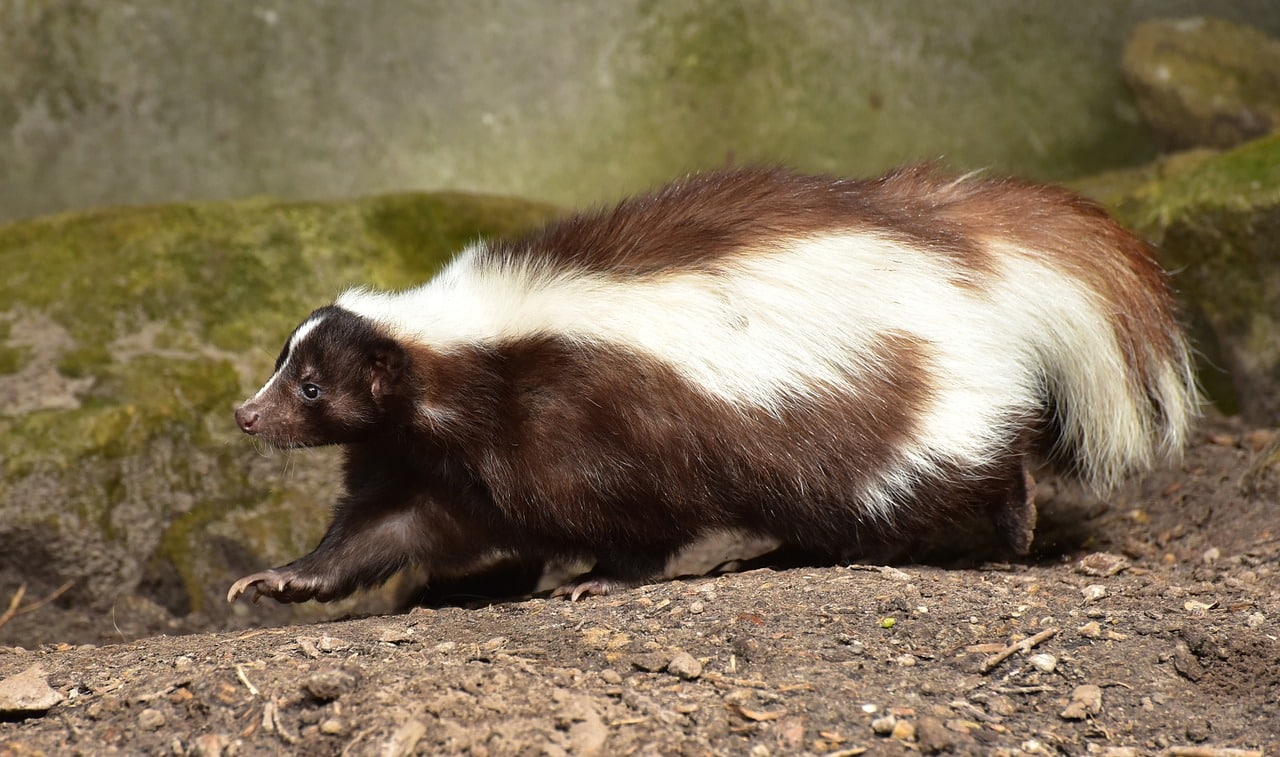 Shutterstock
Shutterstock
Skunks may not seem like a deadly threat, but they can cause significant distress to dogs. The most obvious danger is their infamous spray, which can cause temporary blindness, intense irritation, and an unbearable stench that clings to a dog’s fur for days. However, skunks can also carry diseases such as rabies, making any close interaction a potential health risk. Dogs that chase or corner skunks are at risk of getting sprayed and, in rare cases, bitten. While the spray itself isn’t fatal, it can lead to secondary issues like eye infections or respiratory problems. To avoid skunk encounters, supervise your dog during nighttime outings when skunks are most active.
Porcupines
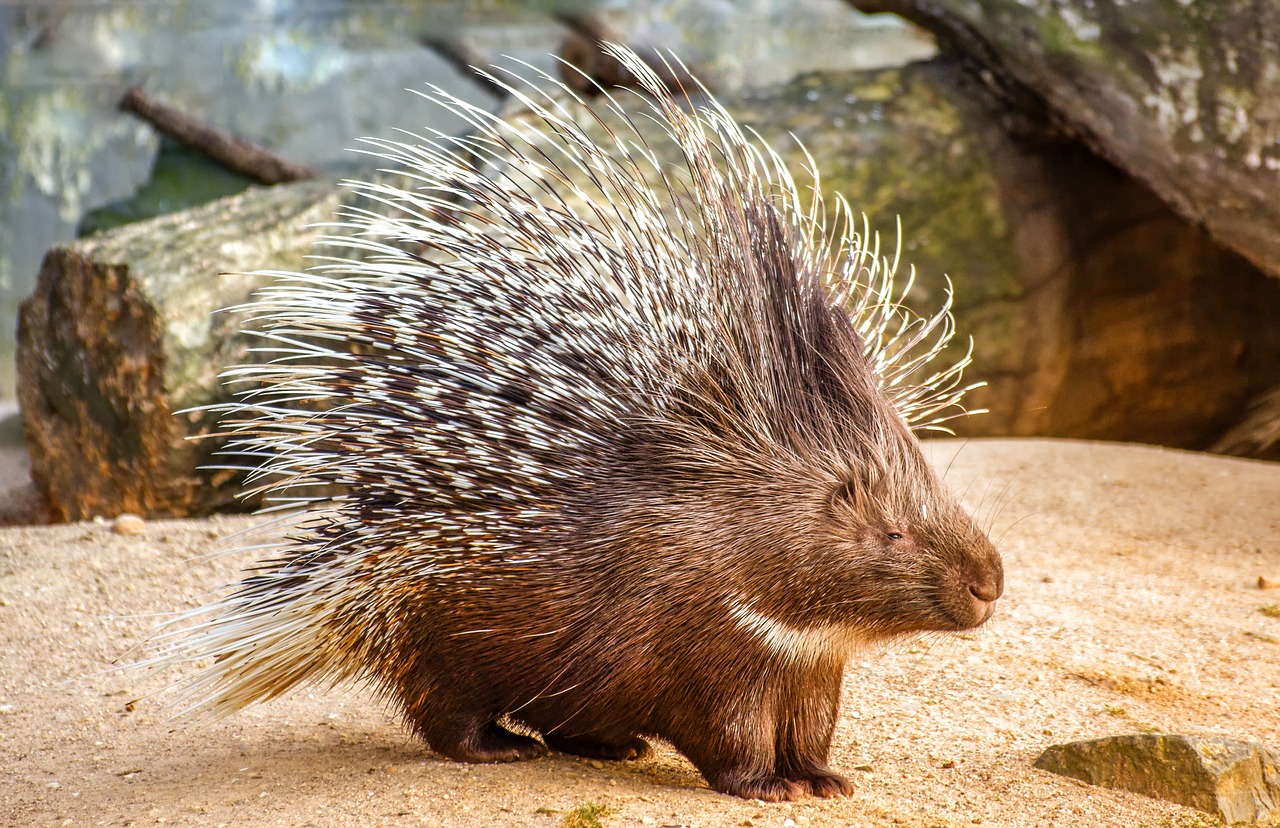 Shutterstock
Shutterstock
Porcupines are slow-moving, docile creatures, but their quills can pose a serious threat to dogs that get too close. A curious dog that tries to sniff or bite a porcupine can quickly find itself with a face full of painful quills. Porcupine quills are barbed and can embed deeply into a dog’s skin, causing pain, infection, and serious injury if not removed promptly. In some cases, quills can penetrate deep enough to cause internal damage. Dogs that live in rural areas or frequently explore wooded regions are most at risk of porcupine encounters. It’s essential to seek immediate veterinary care if your dog gets quilled to prevent complications.
Hawks and Eagles
 Shutterstock
Shutterstock
Birds of prey, like hawks and eagles, can pose a threat to small dogs, especially those weighing under 15 pounds. These large birds have sharp talons and powerful beaks that they use to capture prey, and small dogs can sometimes be mistaken for a meal. While attacks from birds of prey are rare, they can occur in open areas where these birds hunt. Dogs left unattended in yards, parks, or rural areas are most vulnerable to an aerial attack. To protect small dogs from birds of prey, it’s best to supervise them when outside, especially in regions where hawks and eagles are common.
Wolves
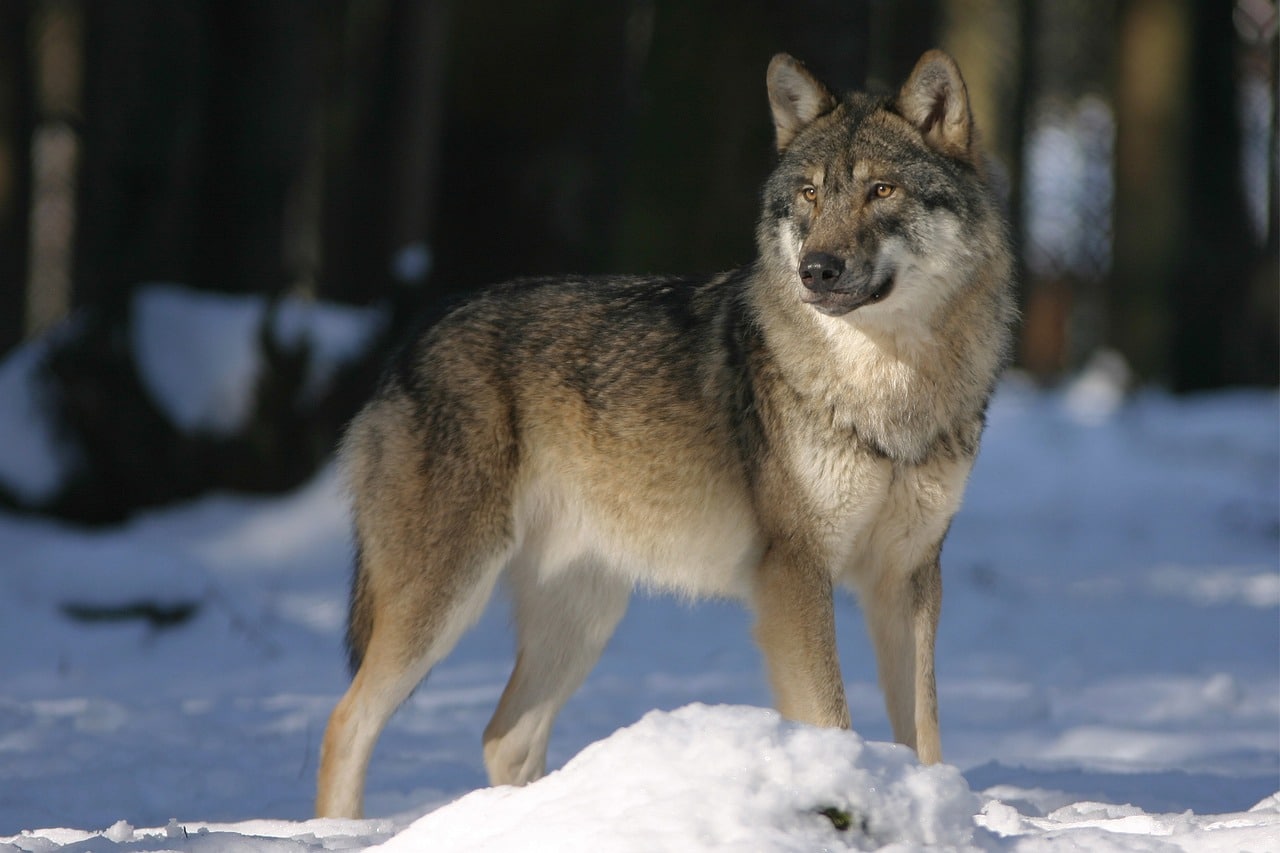 Shutterstock
Shutterstock
Wolves are powerful predators that can pose a serious threat to dogs, particularly in areas where wolves roam freely. While wolves generally avoid humans, they can see dogs as competitors or intruders, especially if the dog gets too close to a wolf pack’s territory. In some cases, wolves may even view dogs as prey, especially if the dog is smaller or strays from its owner. Wolves are highly territorial and will defend their pack if they feel threatened. In areas with known wolf populations, it’s important to keep dogs on a leash and stay alert during outdoor activities to prevent any dangerous encounters.
The Wild Bunch, Your Dog, Should Probably Avoid
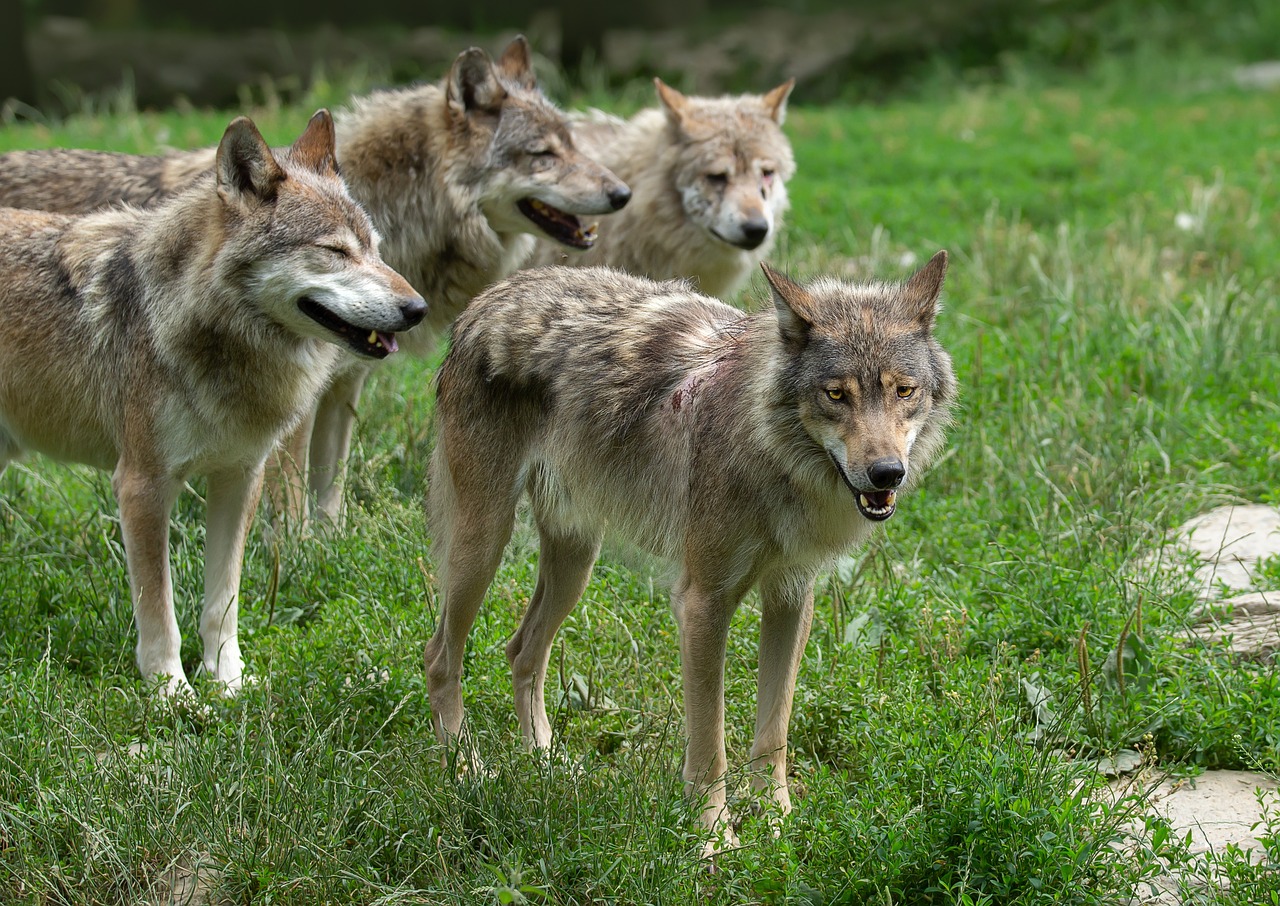 Shutterstock
Shutterstock
Dogs may have bold personalities, but they’re not always equipped to handle wildlife dangers. From mountain lions to porcupines, various animals can pose serious threats to your dog. However, keeping your dog safe doesn’t mean living in fear; it simply involves staying informed and taking a few precautions to avoid risky encounters. Whether you’re hiking through the wilderness or letting your dog explore the backyard, knowing which wild animals to watch out for will help ensure your adventurous pup stays safe and out of harm’s way.

 4 weeks ago
32
4 weeks ago
32


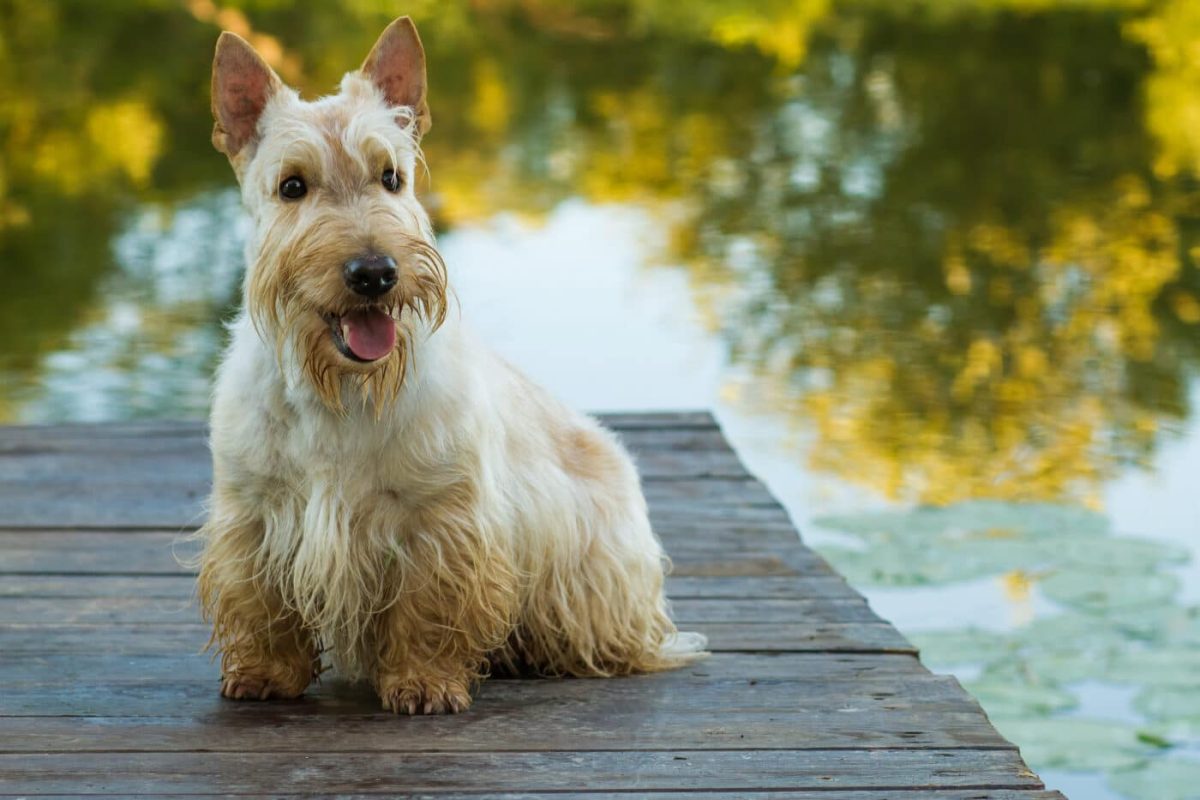



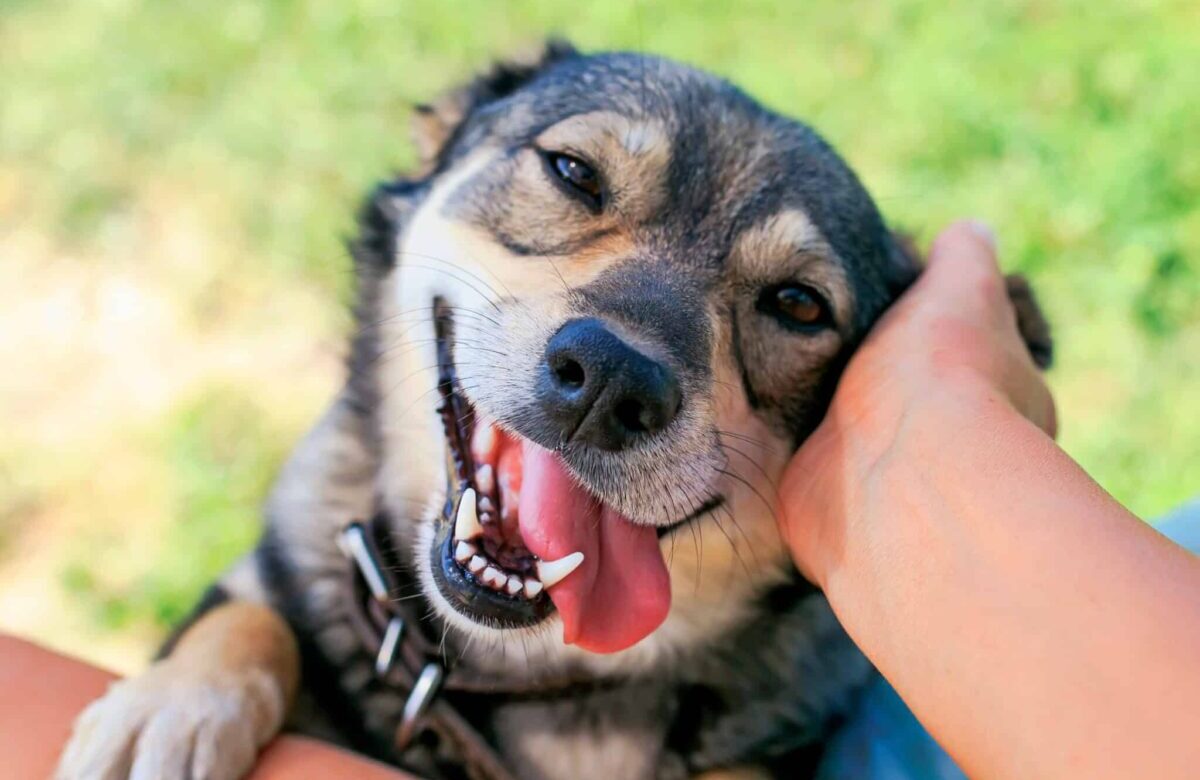




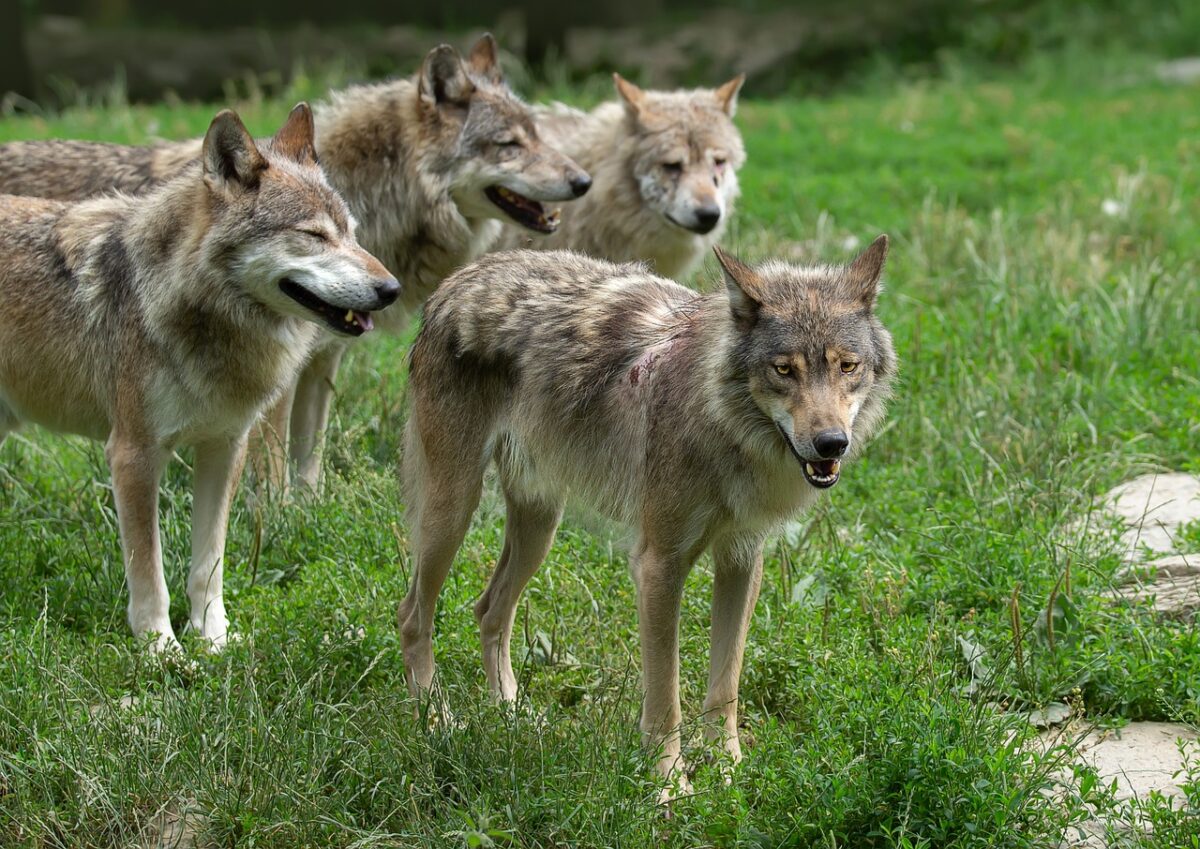
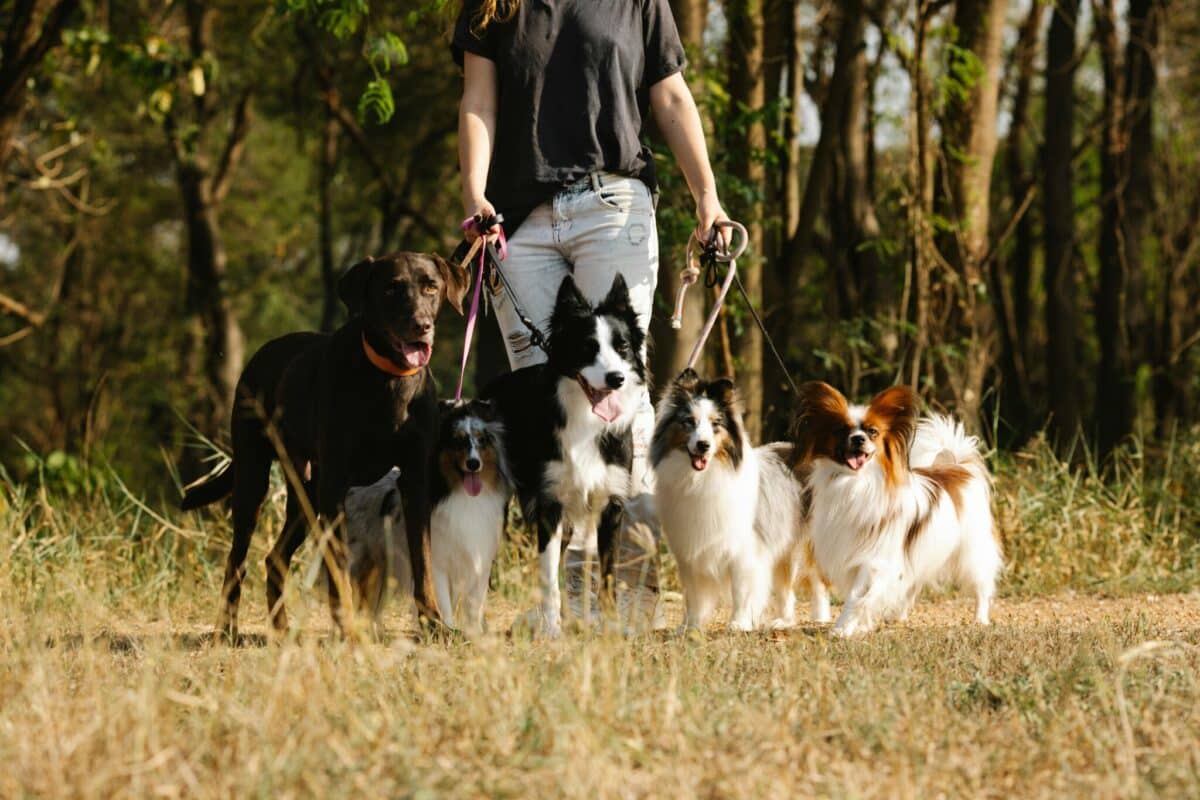

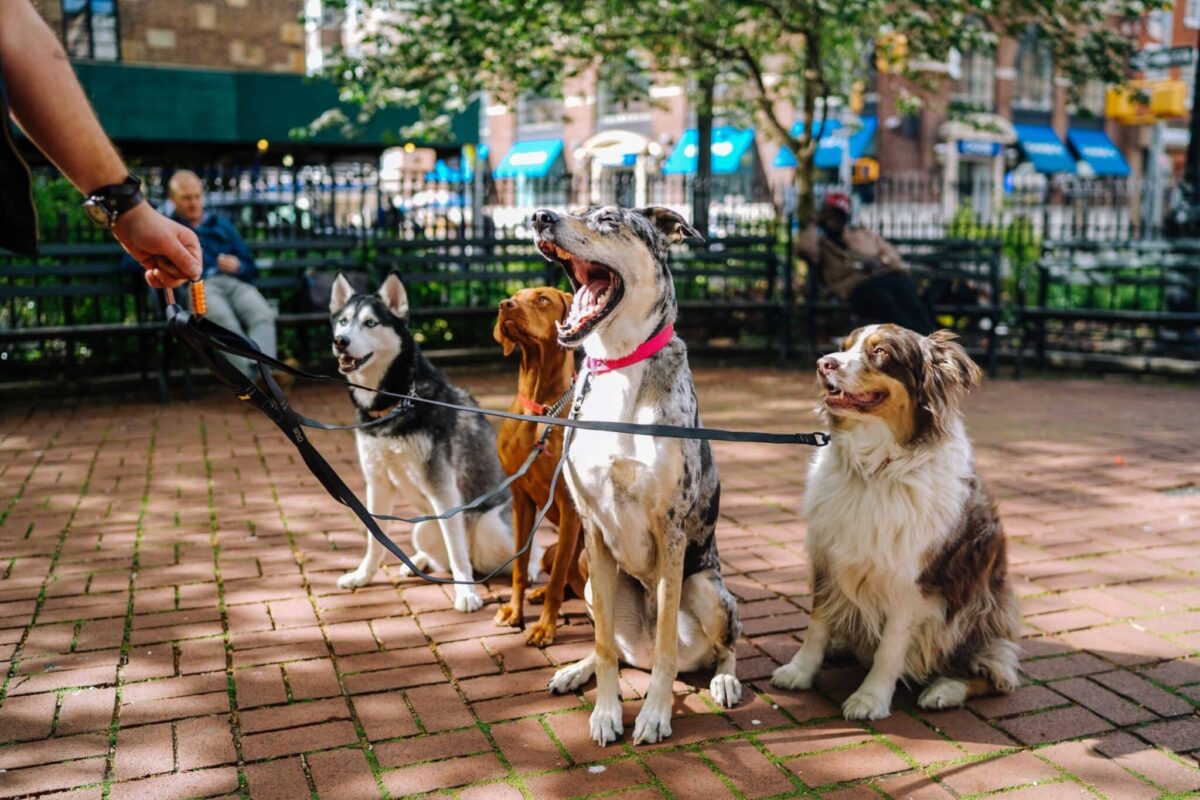



 English (US) ·
English (US) ·